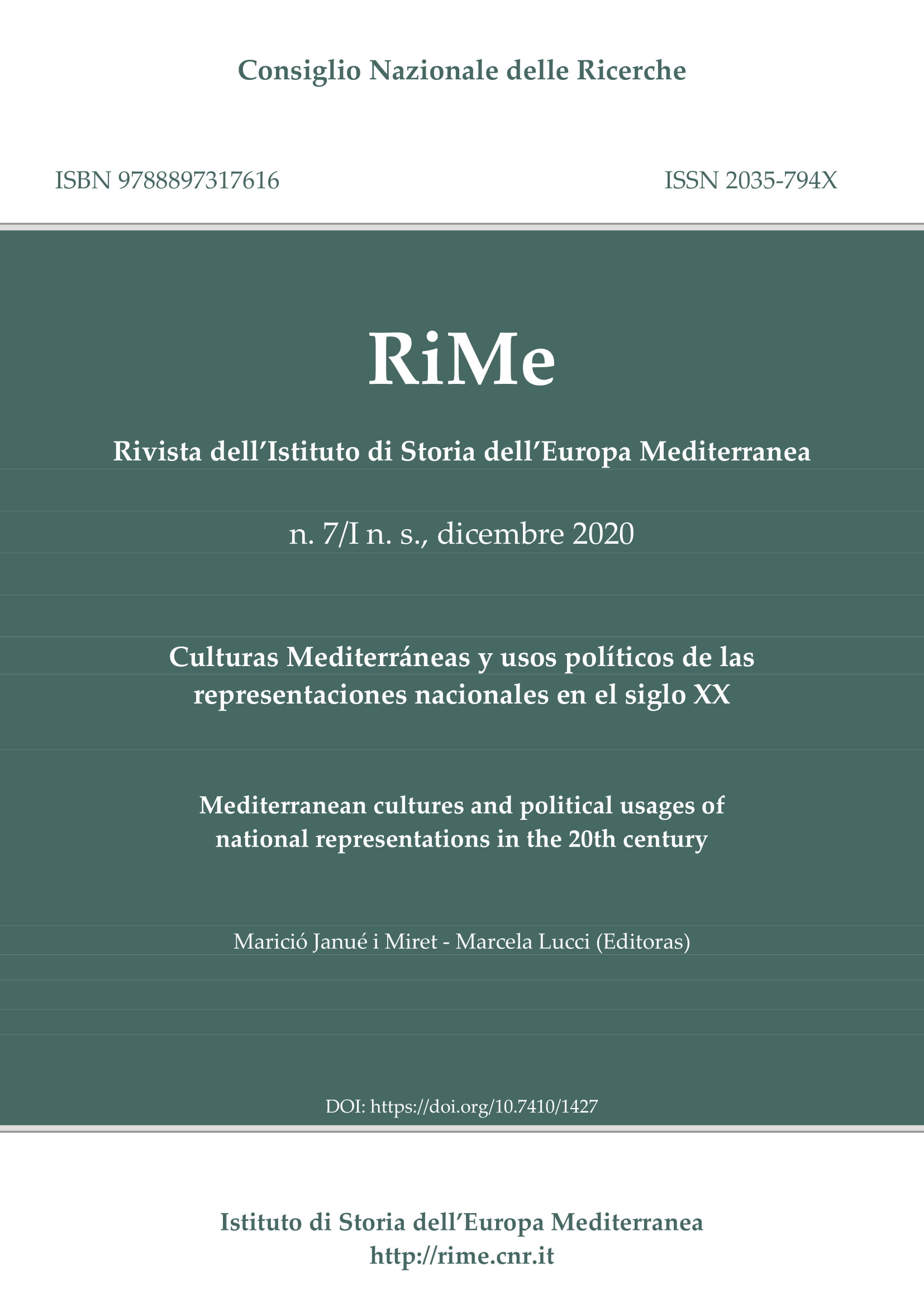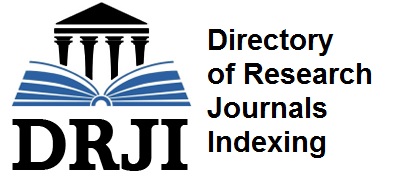Kaleidoscopic Realities: Italian Mafia(s) Fiction’s Audiences in Argentina
Abstract
Los escasos estudios realizados sobre las mafias italianas en Argentina señalan un fenómeno delimitado histórica y geográ-ficamente. Las ficciones sobre las mafias parecen proporcionar el marco inter-pretativo básico para abordar este pro-blema. Tienen el potencial de ayudar a generar un efecto de normalización de conductas, aceptación de grupos, estilos de vida, promoción de principios y modelos y posicionamiento social de personajes mafiosos que son de fundamental impor-tancia para la difusión de la cultura mafiosa. ¿Cómo funciona este proceso a nivel transnacional? Para responder a esta pregunta, se presen-tarán los principales resultados de un expe-rimento basado en la investigación empírica sobre audiencias.
The few studies conducted on Italian mafias in Argentina pointed out to a historically and geographically delimited phenomenon. Mafias fictions seem to provide the basic interpretative scheme to approach this issue. Mafias dramas have the potential to contribute to generate an effect of normalisation of behaviors, acceptance of groups, lifestyles, promotion of principles and models, and social positioning of mafia characters that are of key importance for the dissemination of mafia cultures. How does this process actually work in a transnational basis? To address this question, the main findings of a two-step experiment based on empirical audience research will be presented.

This work is licensed under a Creative Commons Attribution-NonCommercial 4.0 International License.
Authors who publish with this Journal agree to the following terms:
Authors retain copyright and grant the Journal right of first publication with the work simultaneously licensed under a Creative Commons Attribution-NonCommercial 4.0 International License.
This Journal permits and encourages authors to post items submitted to the Journal on personal websites or institutional repositories both prior to and after publication, while providing bibliographic details that credit, if applicable, its publication in this Journal.

















